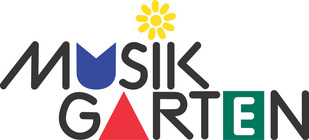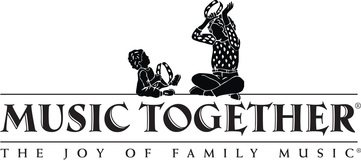|
Much has been said about the importance of an early introduction to music, and as a result, preschool music programs have sprung up everywhere—from local shopping centers, public libraries, community centers, and more. Is one preschool music program better than another? Which curriculum is most effective? How do you know which group to choose? To help you narrow down your choice, here is a breakdown of the most popular children’s music programs available: Musikgarten (Birth to 9 Years Old) Developed by a music teacher and a childhood education specialist, Musikgarten combines the best of early learning techniques with the powerful components of music. According to the Musikgarten founders, music and movement can improve goal setting, problem solving, and listening. Musikgarten’s programs feature music and movement specifically designed for children at each stage of development. All teachers are licensed through Musikgarten, thus ensuring they adhere to the standards and methods developed by the founders. In the program, classes are held in large groups. Children receive CDs of the music to take home. This facilitates the repetition of songs and skills the children learn during group sessions. Baby classes use scarves, rocking, and peekaboo to engage the children in musical fun. A cooperative class with parent involvement, this class is fun for both parent and child, and helps develop the family bond through music. Toddler classes involve play and dance, allowing the children to use shaker and rhythm instruments. In contrast, preschoolers practice building concentration as well as self-expression through chanting, movement, and singing. However, all children are introduced to instruments, and children aged 4 and older are introduced to ear training and orchestra instruments. Children aged 6 and older receive piano lessons and learn to read music. Music Together (Birth to 7 Years Old) Developed by music educators, this research-based program began in New Jersey in the late 1980s. Music Together’s philosophy teaches that all children can learn to be musical, and with training they can learn to sing on pitch. Classes contain a mix of ages and require parent or caregiver involvement. In the program, teachers often play an instrument to accompany singing, and participants receive CDs of songs to practice and play at home. Music styles include non-Western-style music, folk songs, and other music from around the world. Teachers and parents use scarves, shakers, and musical instruments to play along with the day’s lesson. With a focus on musical play, there is no pressure to perform beyond a student’s comfort zone. Suzuki Method (3 and Up)Started in Japan by Dr. Suzuki, the Suzuki style of learning emphasizes the immersion of students into musical language, much like a child would learn to speak their native language. Encouraged by parents and teachers to learn an instrument from an early age, students have a choice of instruments, including violin, cello, piano, bass, and more. Students aged 3 and up receive short, individual lessons lasting about 10 minutes, as well as a group lesson. In their first few years of study, children learn to play by ear, and do not learn to read music until they have several years of experience. This method encourages solo and group performances in a non-competitive environment that celebrates achievement and mastery. The Suzuki Method encourages memorization of pieces, and students repeat their piece over and over, adding new elements that increase the difficulty and sophistication of the piece over time. In this way, students who are 3 and students who are 7 may both be playing, “Twinkle, Twinkle, Little Star,” with astonishing differences in both style and technique. Kodály Method (6 Months and Up)Named after a Hungarian music teacher who promoted and developed this musical philosophy, Kodály is the primary style of music taught in the United States. According to Kodály, children should learn through play, chants, and singing, and focus on sight-singing, writing, and reading music much later. Classes consist of mixed-age groups and emphasize using the voice. Students initially learn folk songs, and later study music from other cultures and songs in other languages. To indicate relationships between tones and prompt students of the correct note to sing, teachers use Solfege (hand signals). Orff-Schulwerk (18 Months and Up)This music teaching program was developed by German music teacher Carl Orff in the 1920s. He believed that natural speaking and movement were the basis for musical experiences. As such, children in the program receive a foundation in rhythm that they can later apply to further study of music. Unlike other programs, the Orff-Schulwerk approach doesn’t have a rigid set of “steps” or “levels” through which students must progress. Instead, it contains several basic principles and intuitive processes that teachers rely on to design their classes.
Classes are in group format, and they may involve movement, singing, chanting, and poetry reading. Orff instruments can include pitched instruments (xylophone, glockenspiels, etc.) and a variety of unpitched rhythm instruments. During a class, teachers may ask children to improvise music along with a poem, or repeat movements based on the musical sounds they hear. Comments are closed.
|
Photo used under Creative Commons from Marina K Caprara
 RSS Feed
RSS Feed
